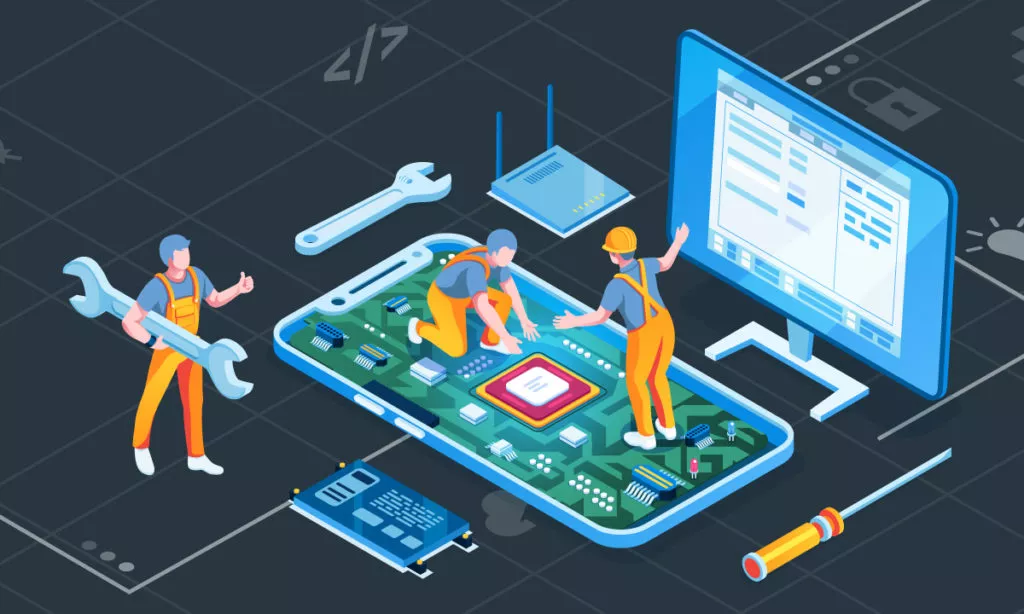The Benefits of Super Computers
As the technology of supercomputers advances, more data is being produced by them. These machines can be used to simulate weapons of mass destruction, and the new generation is expected to perform calculations faster than ever before. Supercomputers are not yet the only tool for researchers to solve problems. There are also several smaller machines that can perform many similar tasks. The Sunway TaihuLigh supercomputer is currently the world’s fastest machine. It is expected to be able to do more than two trillion floating-point operations in a second.
Scientists can also use supercomputers to create detailed maps of animal ranges. With the help of supercomputers, scientists can ask a variety of questions and get a detailed map of the animal’s range in hours. Scientists use supercomputers to model climate change, life science research, and many other fields. Using one of these machines to model artificial neurons could take years of research, but these new machines can do it in a matter of hours.
The speed of supercomputers depends on how the workload is divided up. A single-line task, for example, requires the results of previous steps. The faster it can perform this task, the better. However, this feature comes with a downside. If you’re just doing basic tasks, a supercomputer is of little use. To solve complex problems, it is best to use a supercomputer for distributed processing. There are many different types of supercomputers available for the public.
These machines perform high-speed calculations and powerful data writing and reading. They also have parallel file systems. In addition to these general-purpose applications, supercomputers can also handle more complex tasks, such as creating new chemical compounds. They’re even useful for online gaming. In fact, supercomputers are increasingly being used by large corporations and universities for market research. They’re also used for military tasks. And it’s not just scientists who are benefiting from supercomputers.
Modern supercomputers are characterized by their large number of nodes. They communicate with each other using high-speed switches. Their non-blocking fat-tree topology guarantees high data throughput. They also offer in-network computing acceleration to communications frameworks. The high-speed interconnect speed is a key factor in the effectiveness of supercomputers. In addition to high speed processing, supercomputers feature a large storage capacity and high-speed input/output capability.
The world’s fastest supercomputer, called Tianhe-2, is now in its second generation. The Chinese People’s Liberation Army’s Defense Science and Technology University is responsible for its development. This machine can perform 33,860 trillion calculations per second, or petaflops. It was formerly known as Tianhe-2 and was the world’s most powerful computer until June 2016.
Today’s supercomputers are composed of a cluster of hundreds of identical rack-mounted servers. They are much faster than individual CPUs and can display results faster than any single machine. Unlike older models, these new supercomputers can be built by anyone with sufficient funding. They are capable of solving many mathematical problems faster than any ordinary computer. So if you have enough money and time, you can build one yourself! This can help you solve problems that require millions of calculations.



